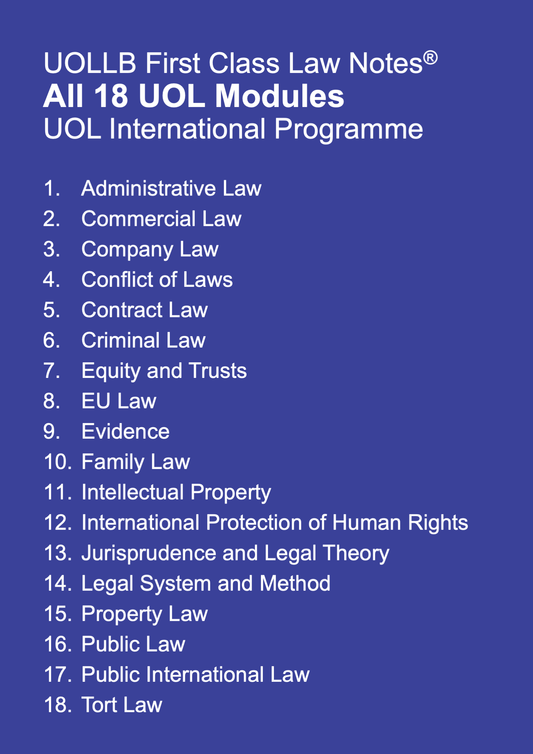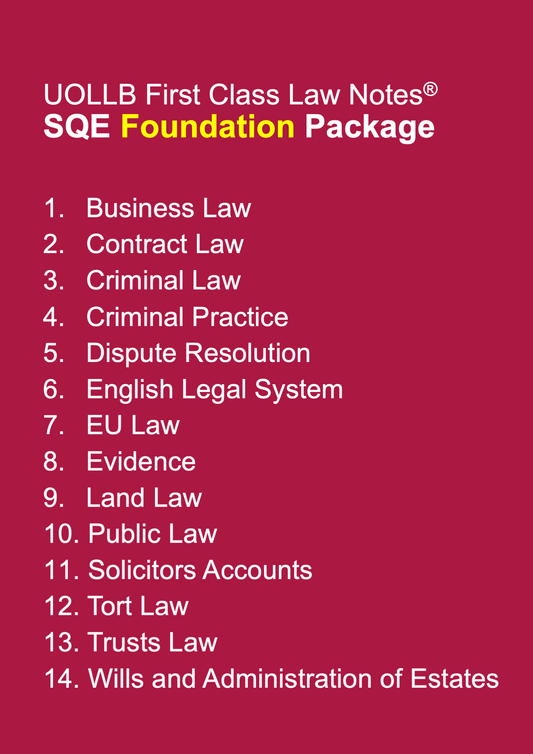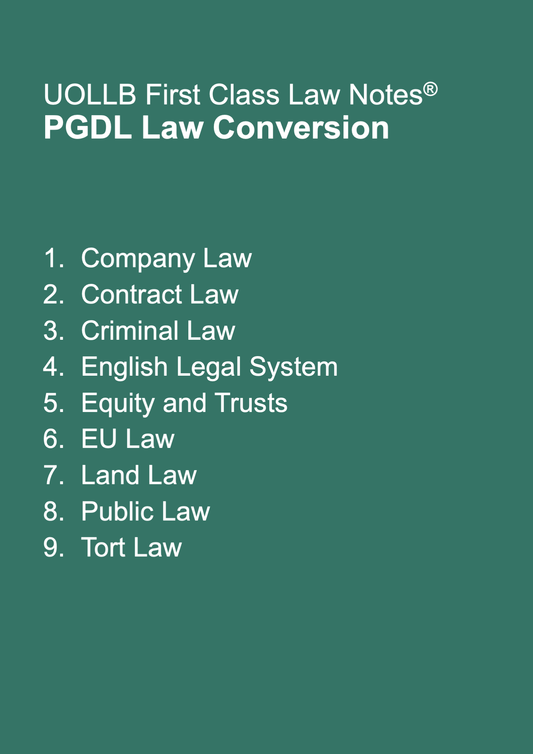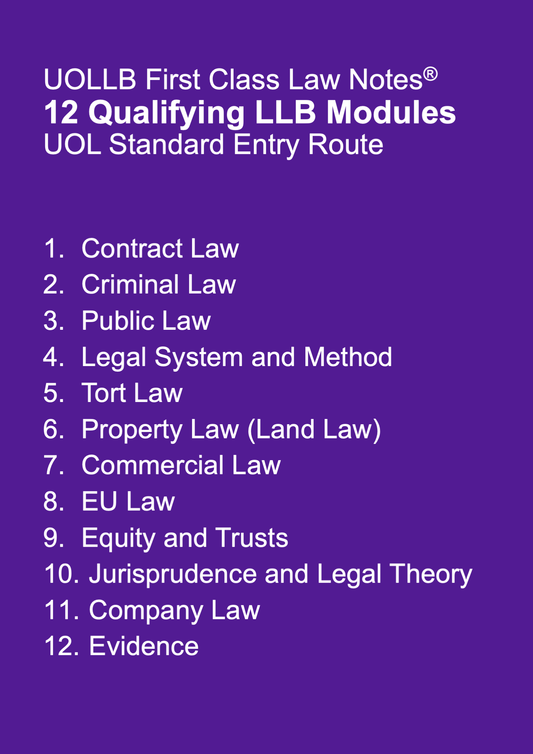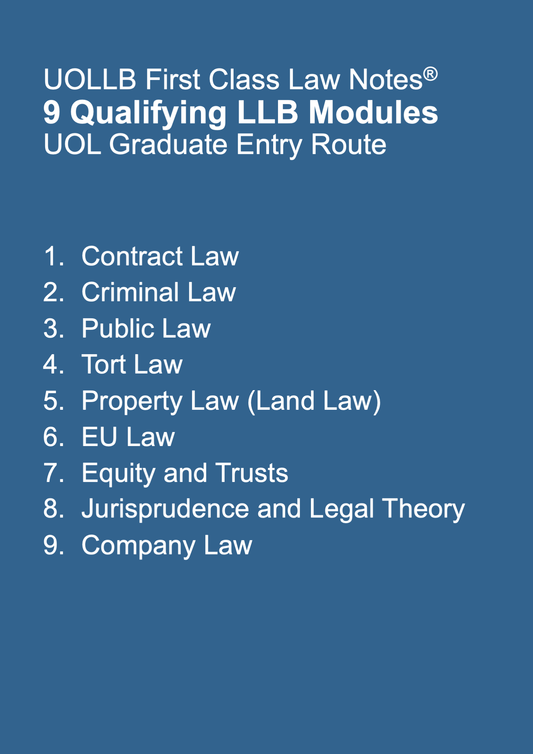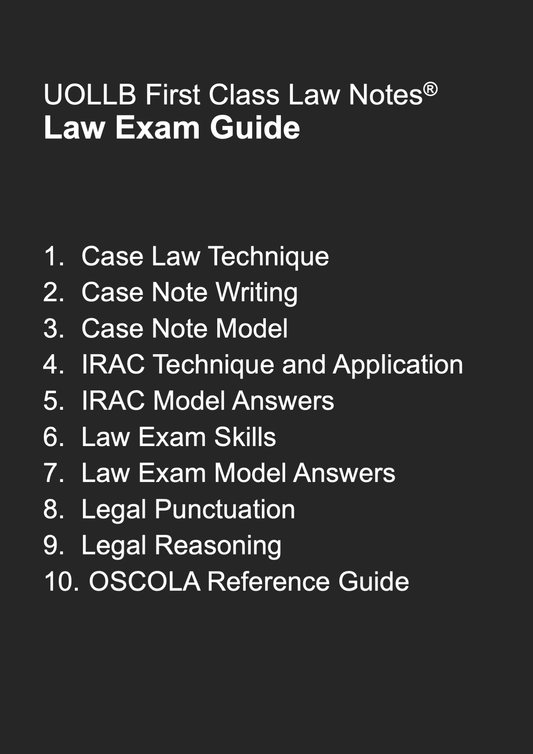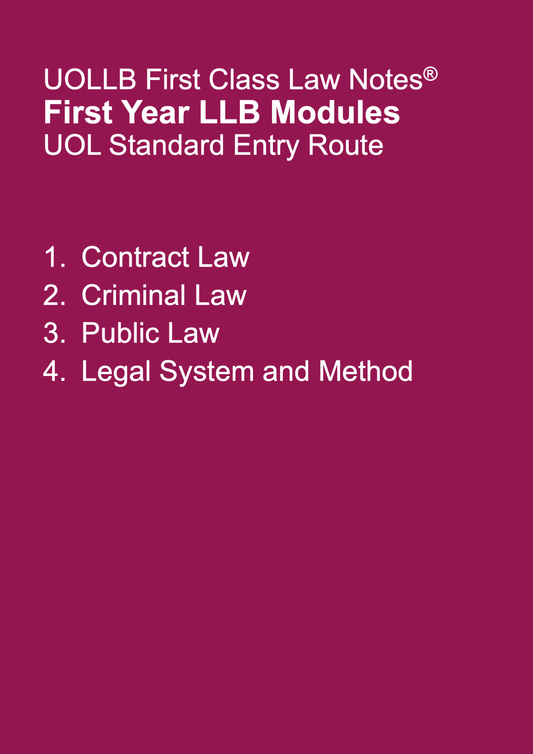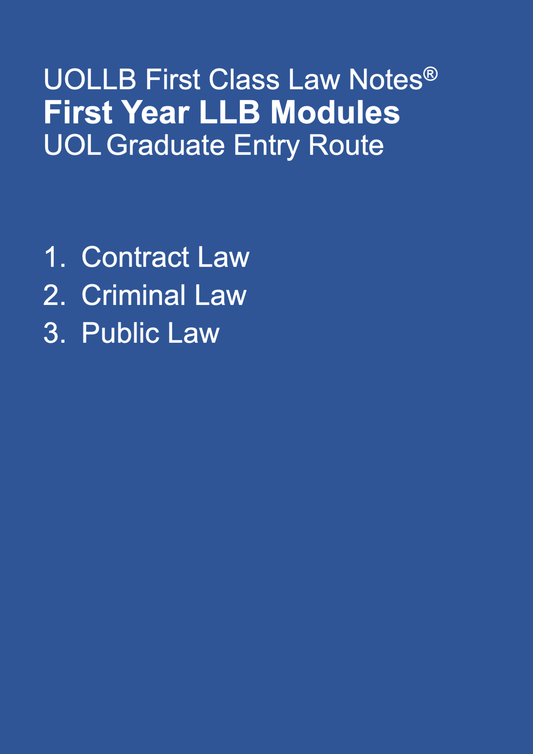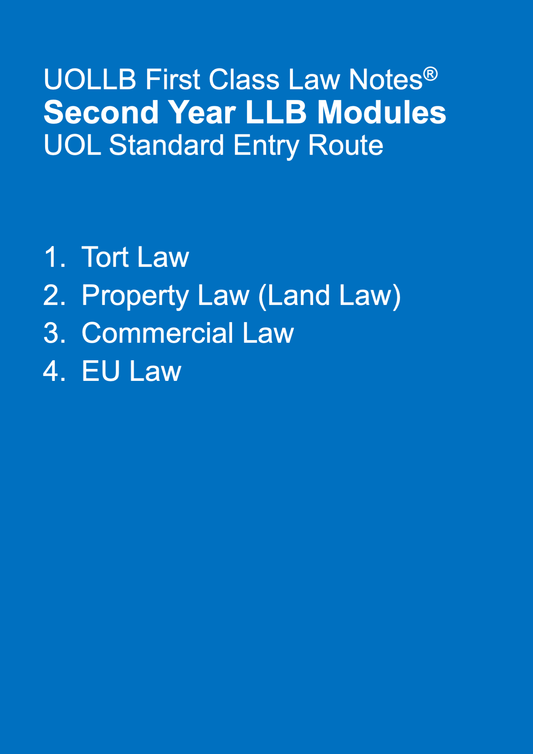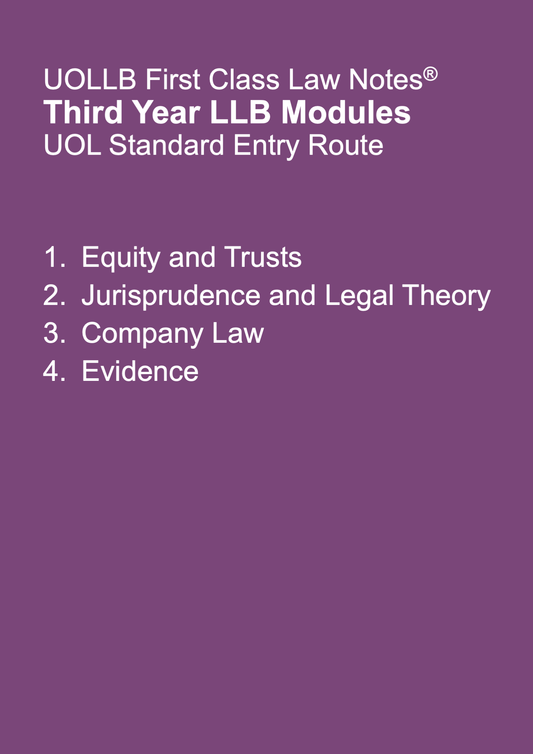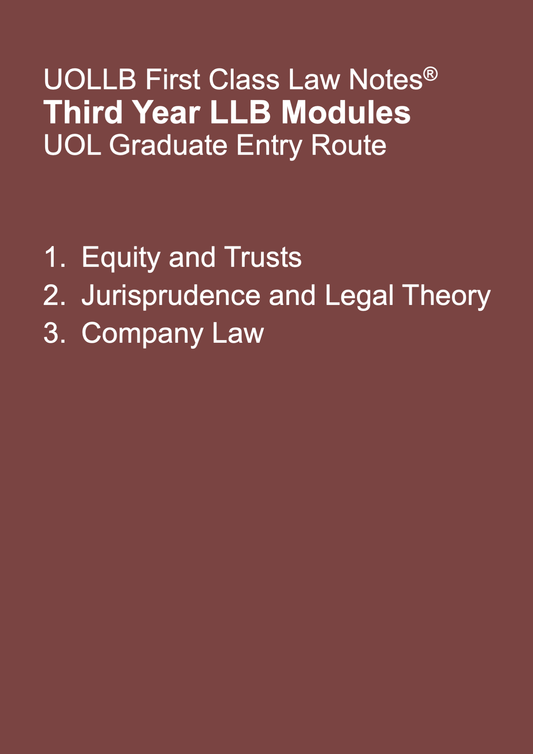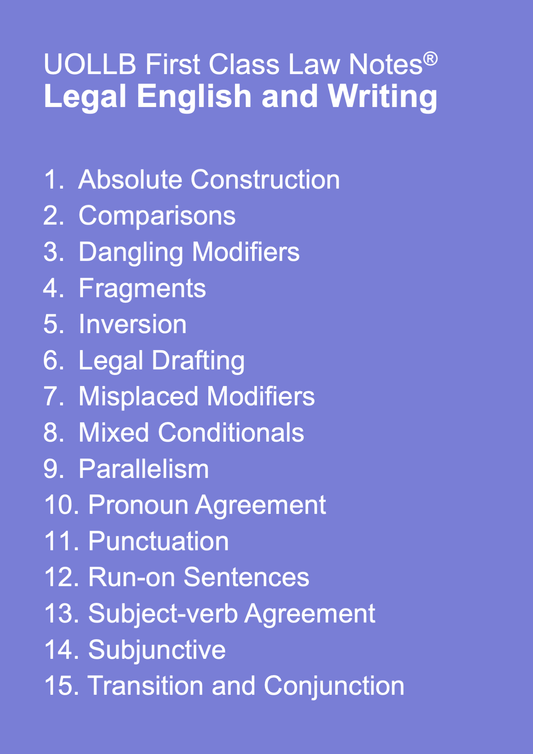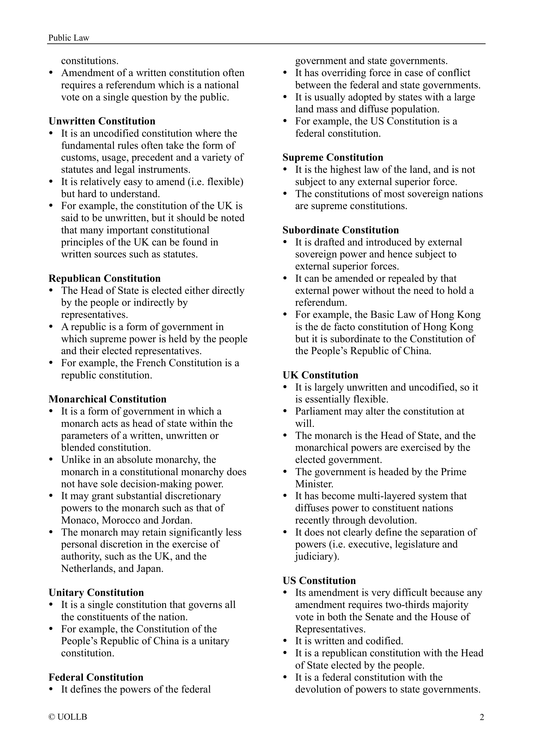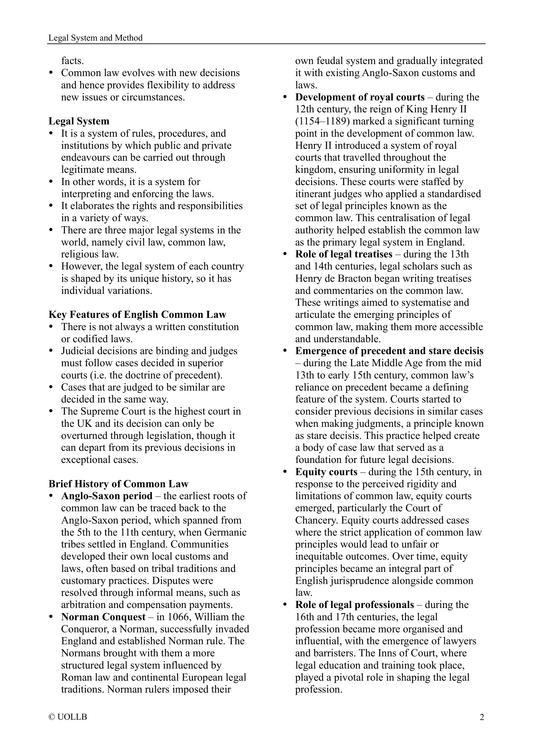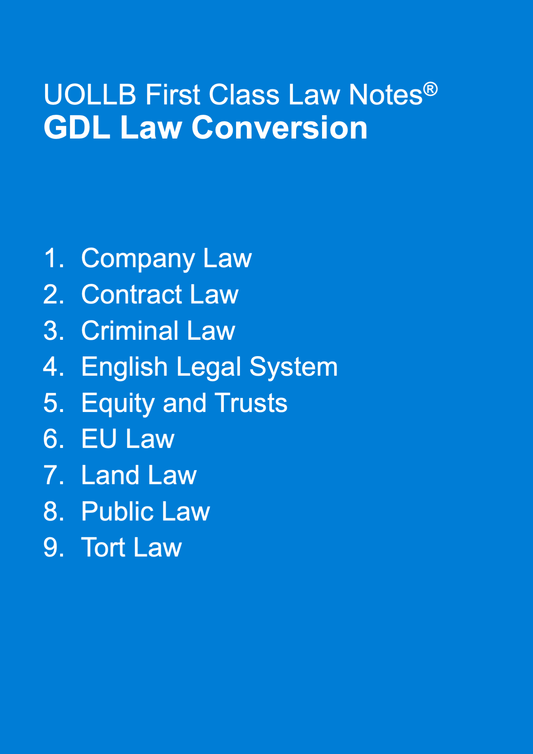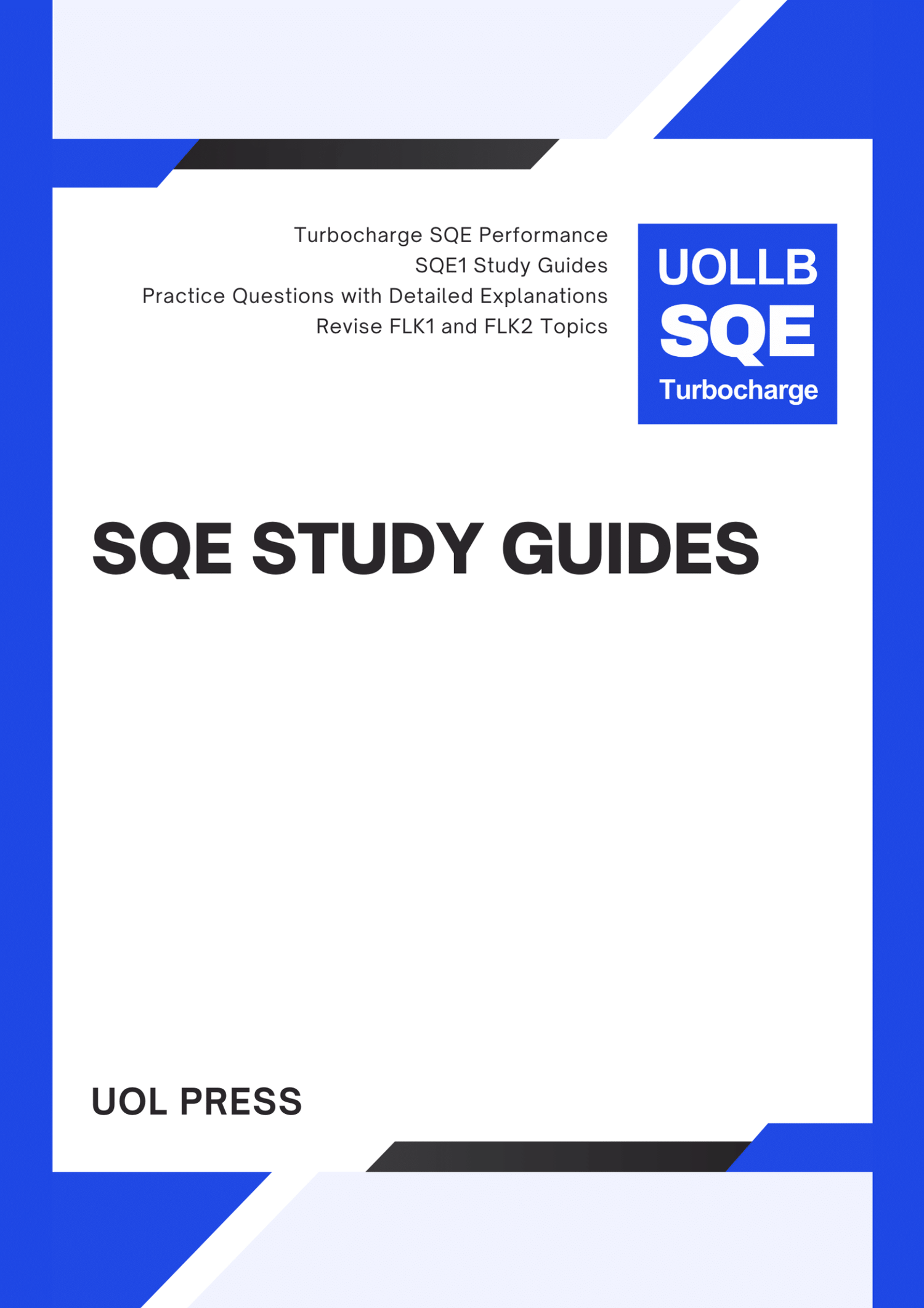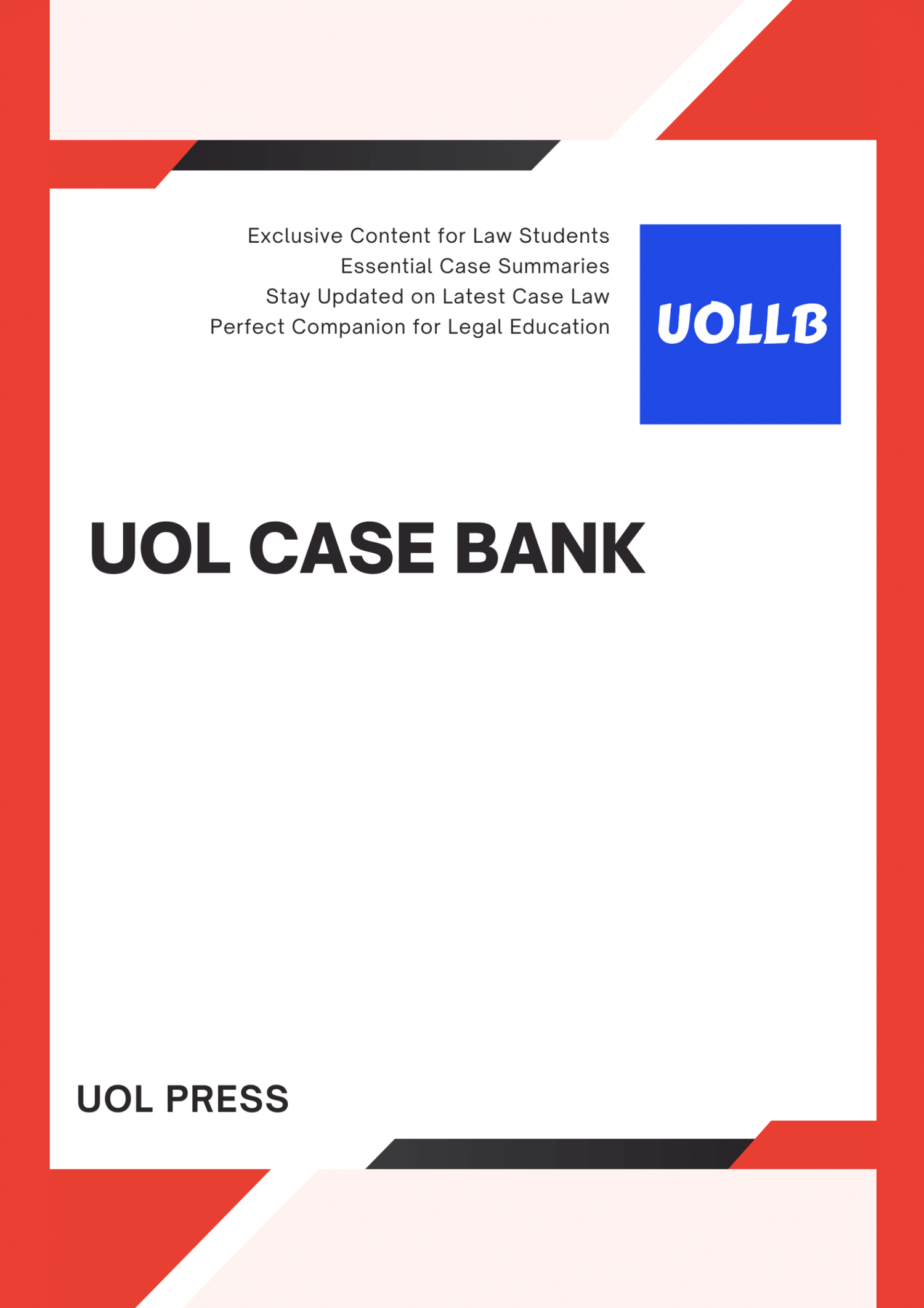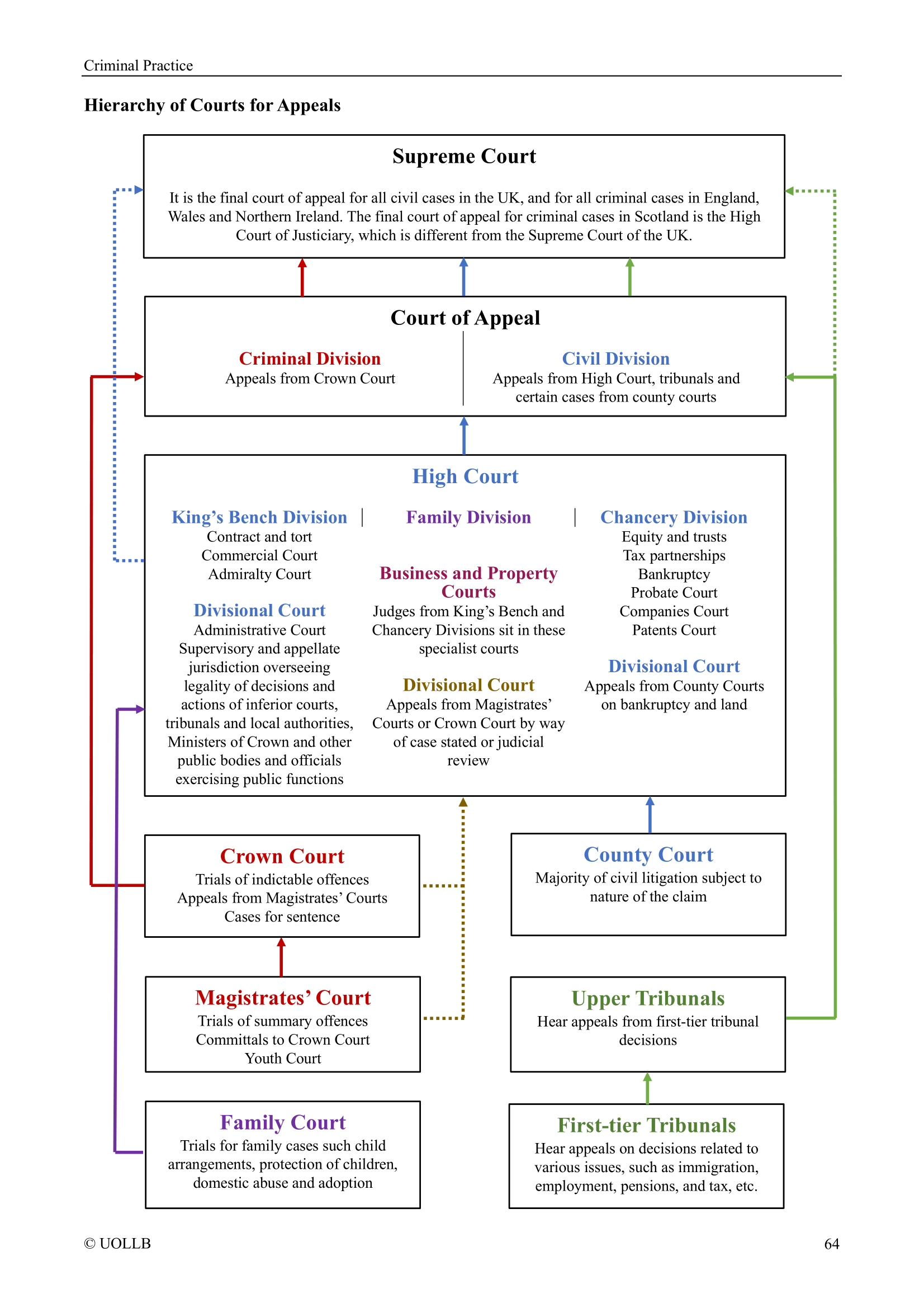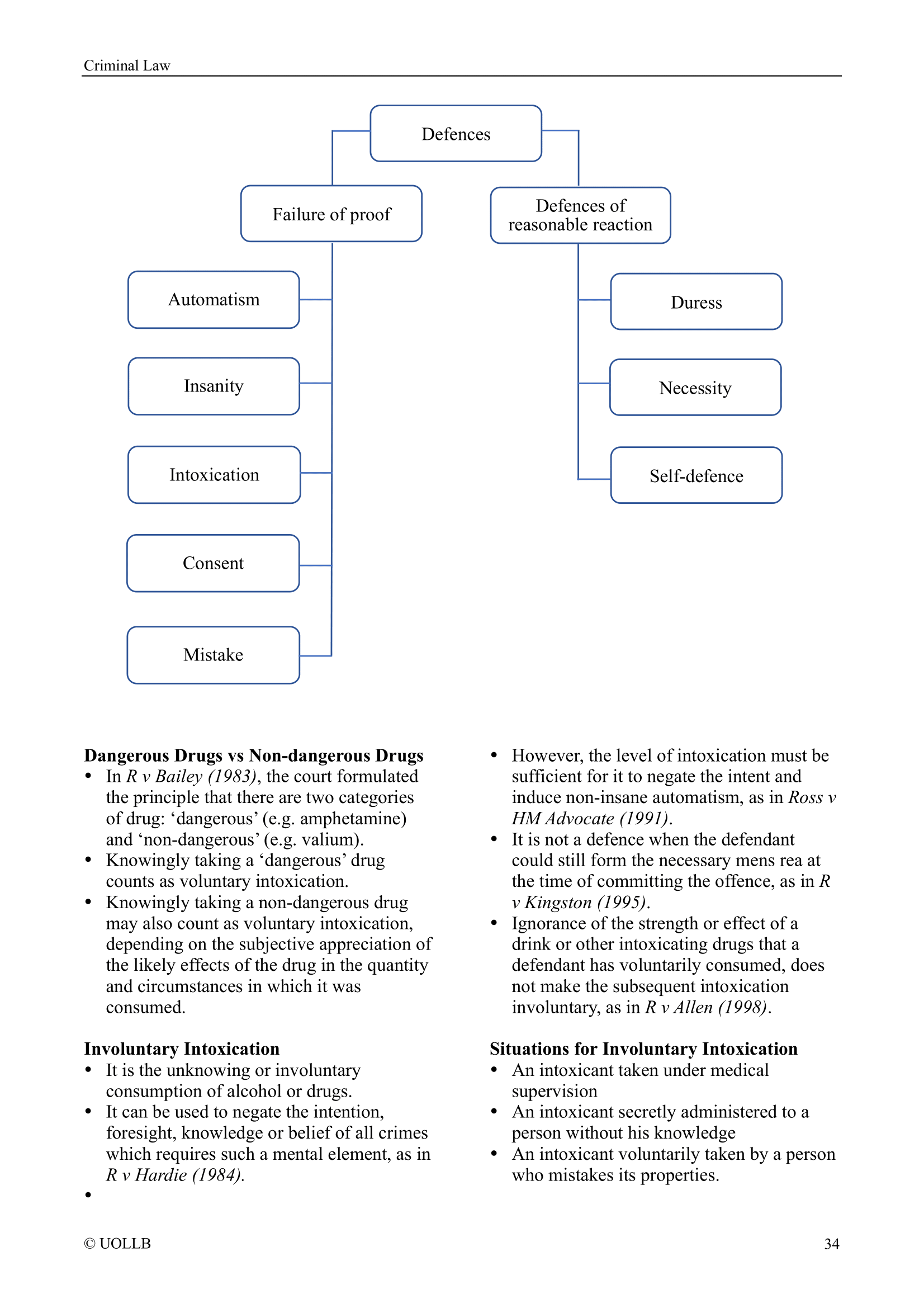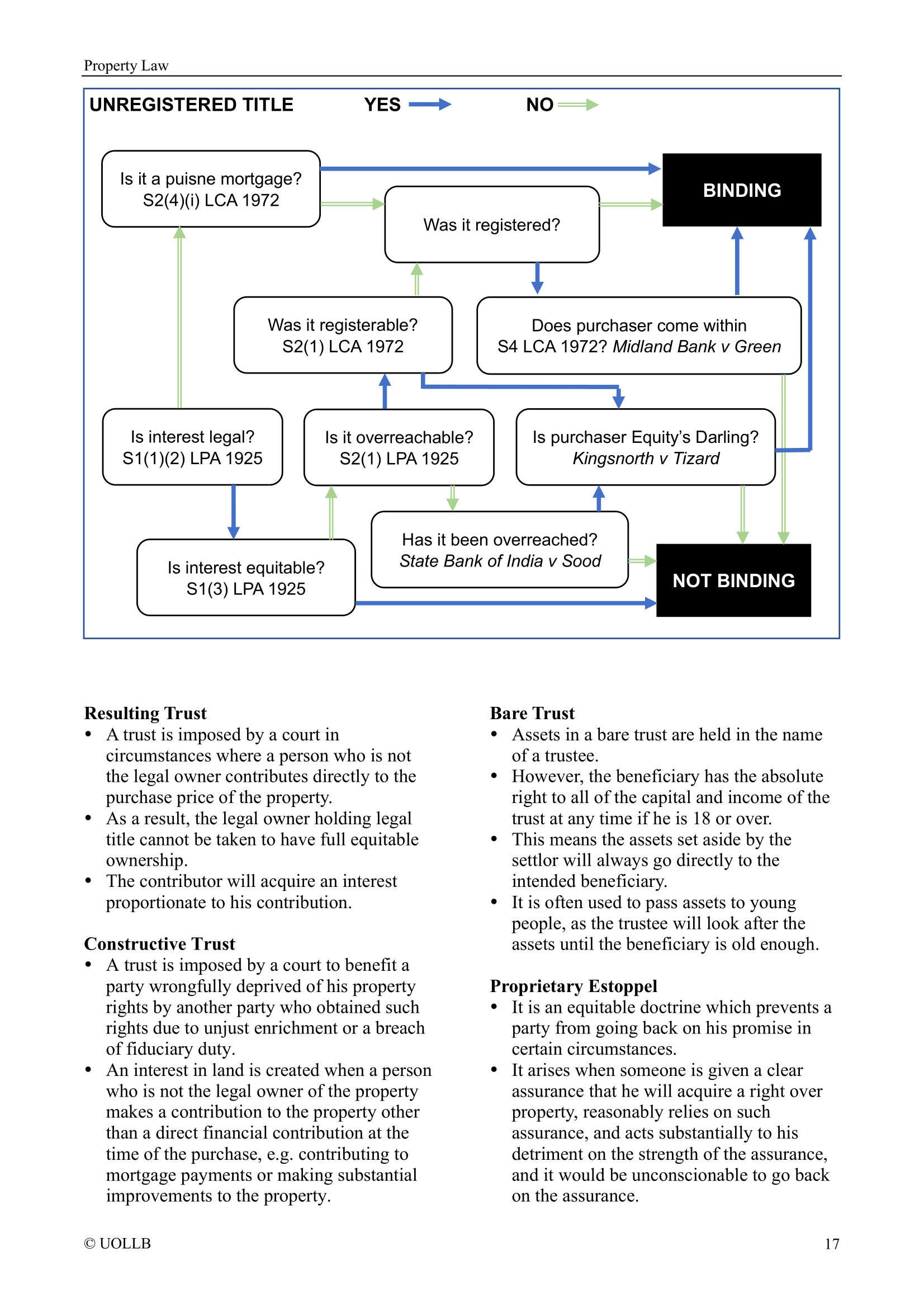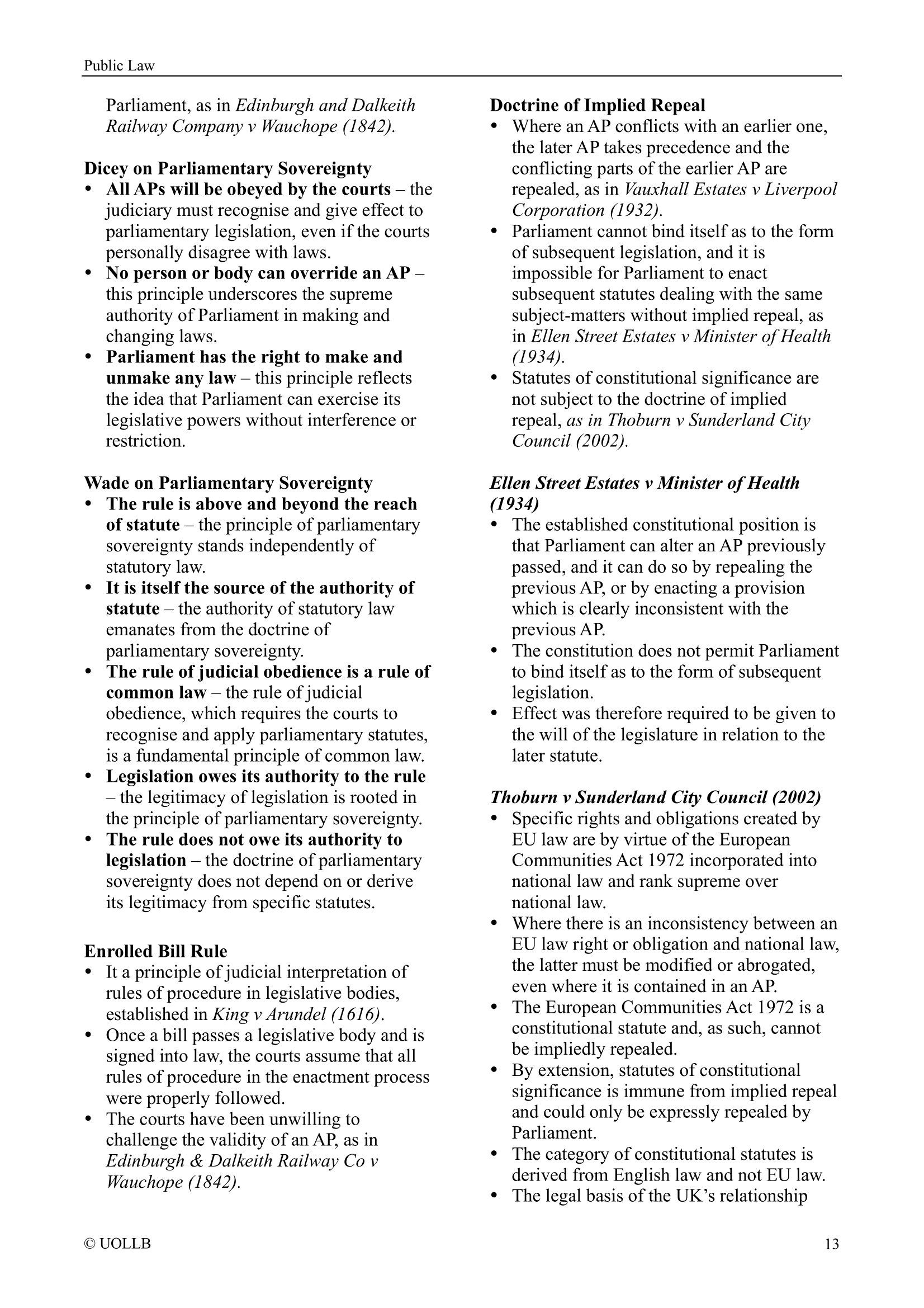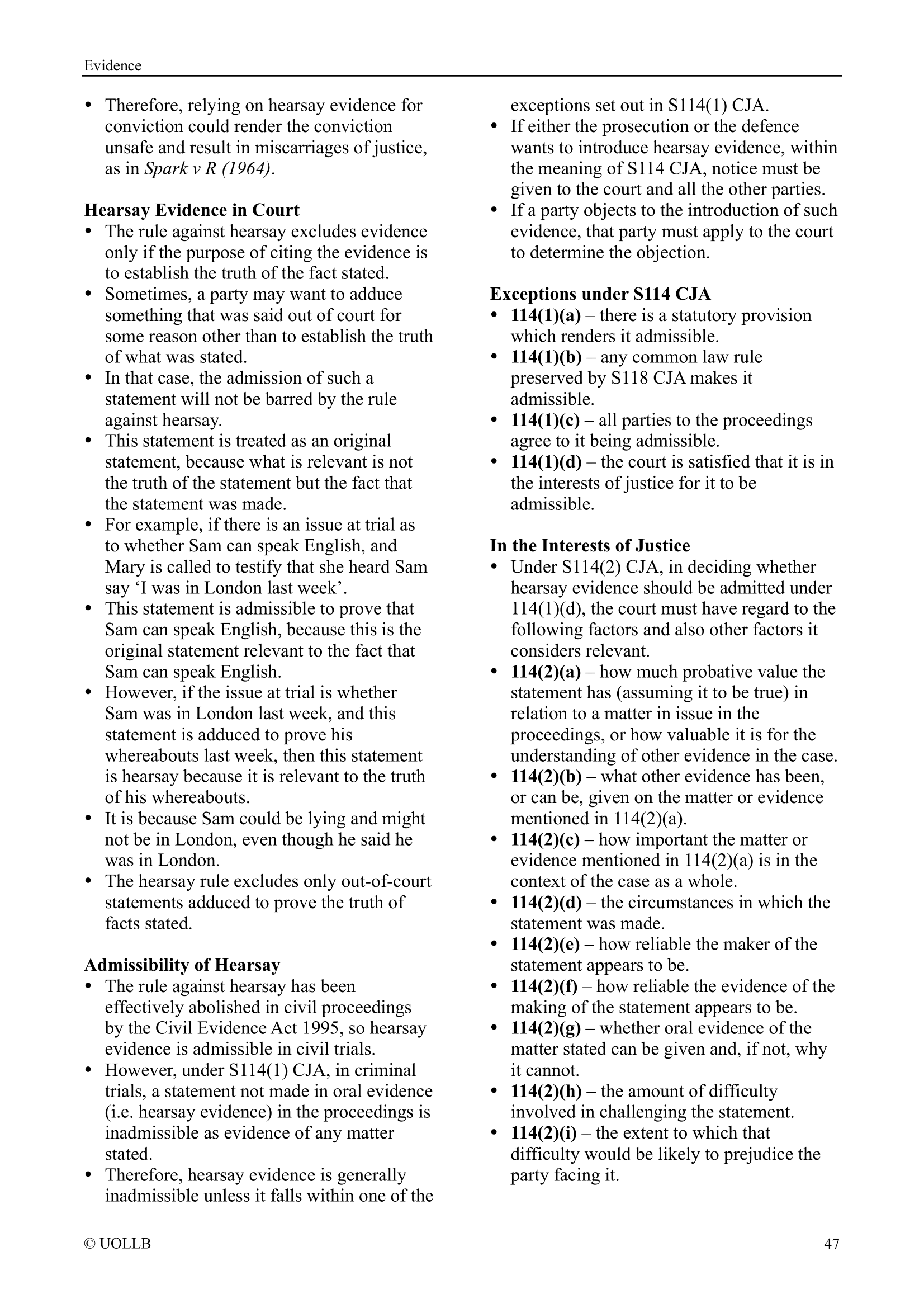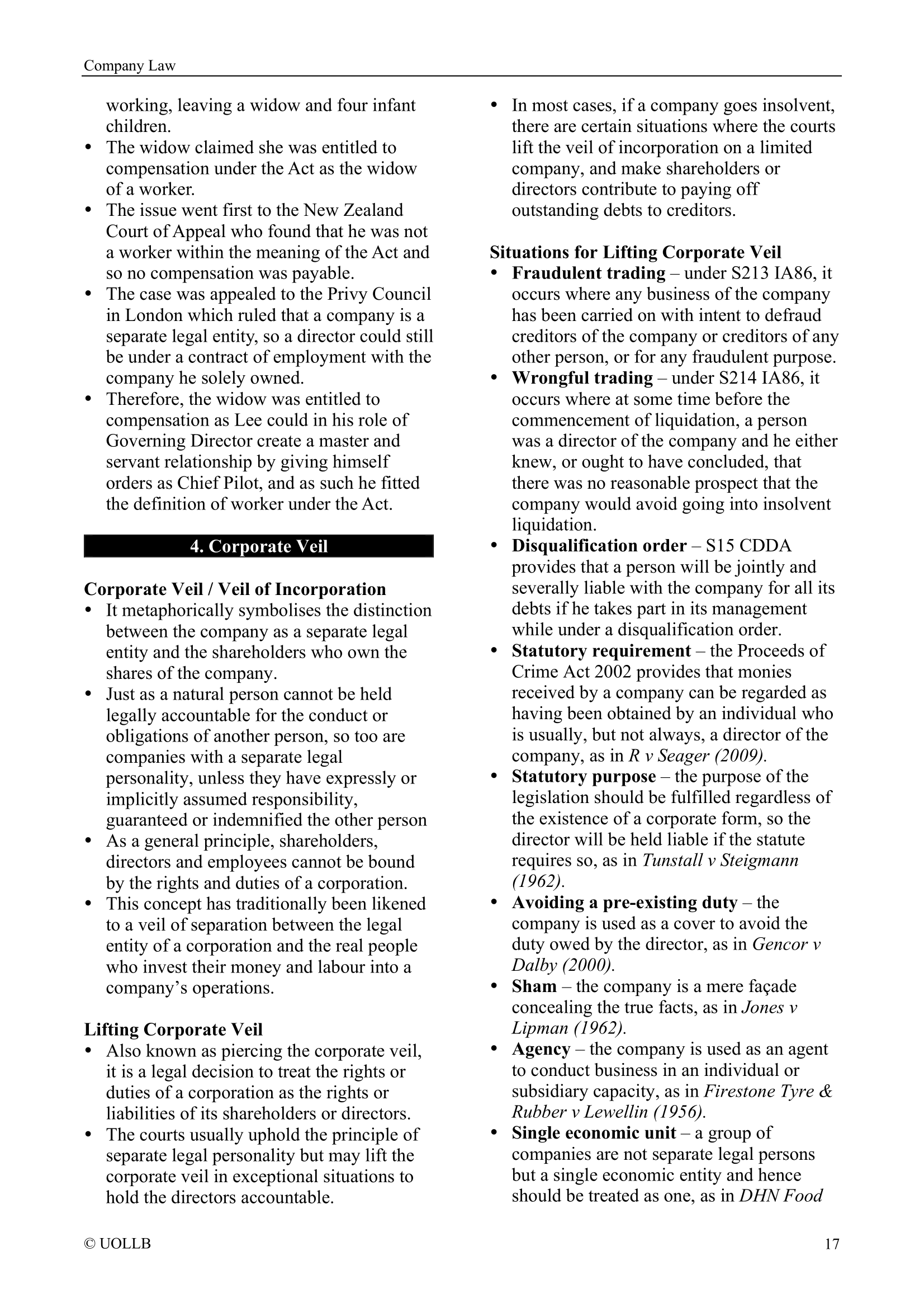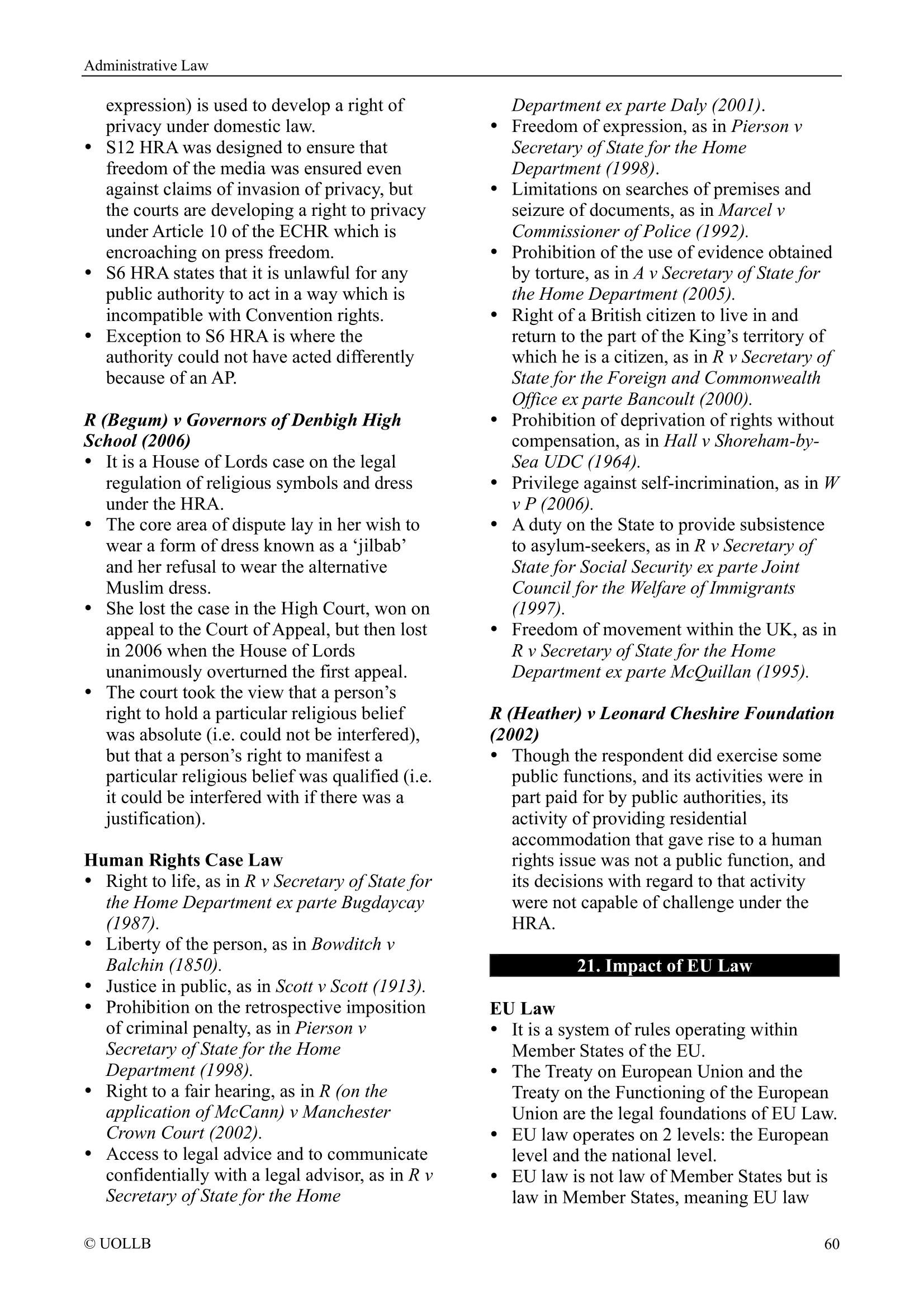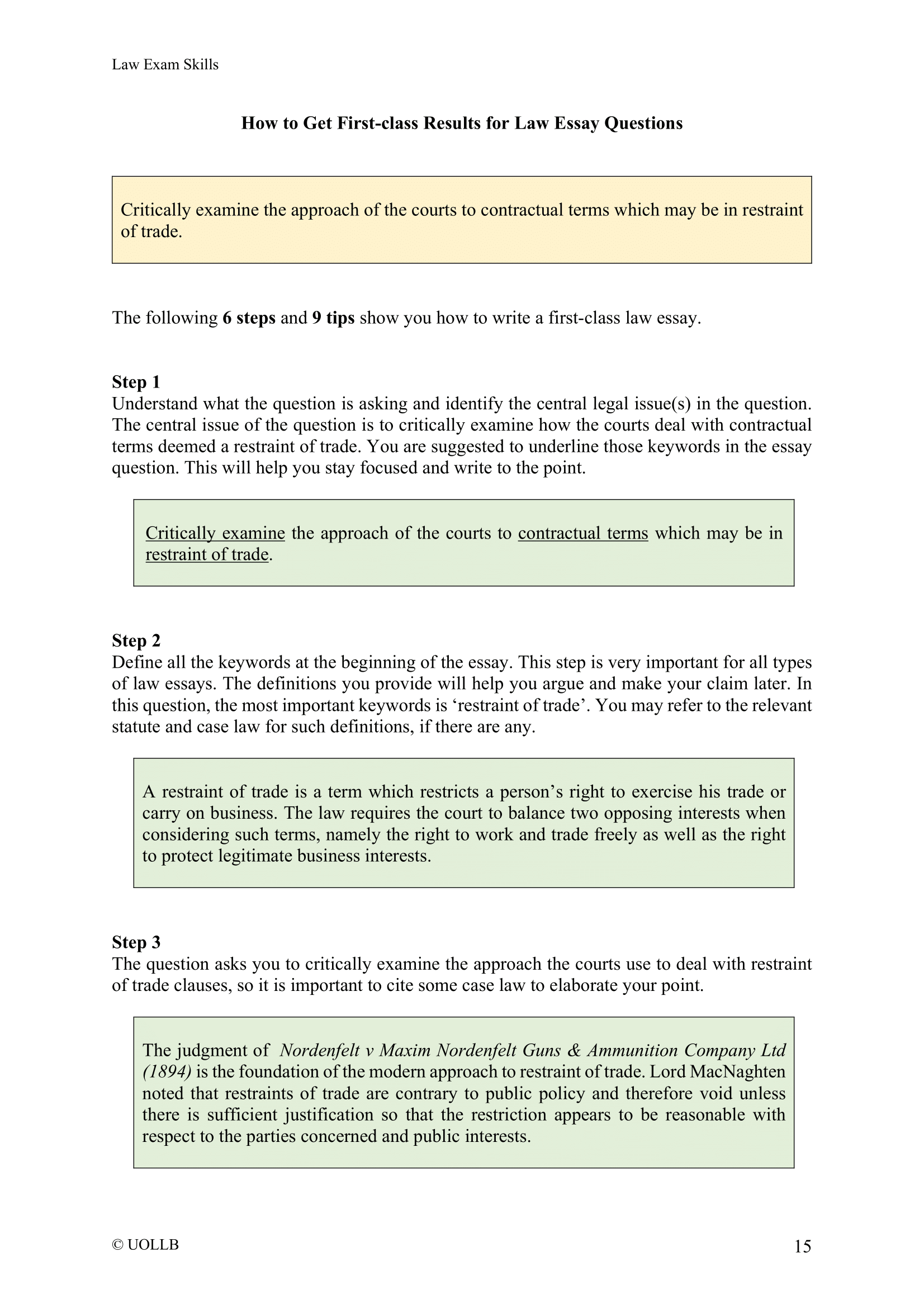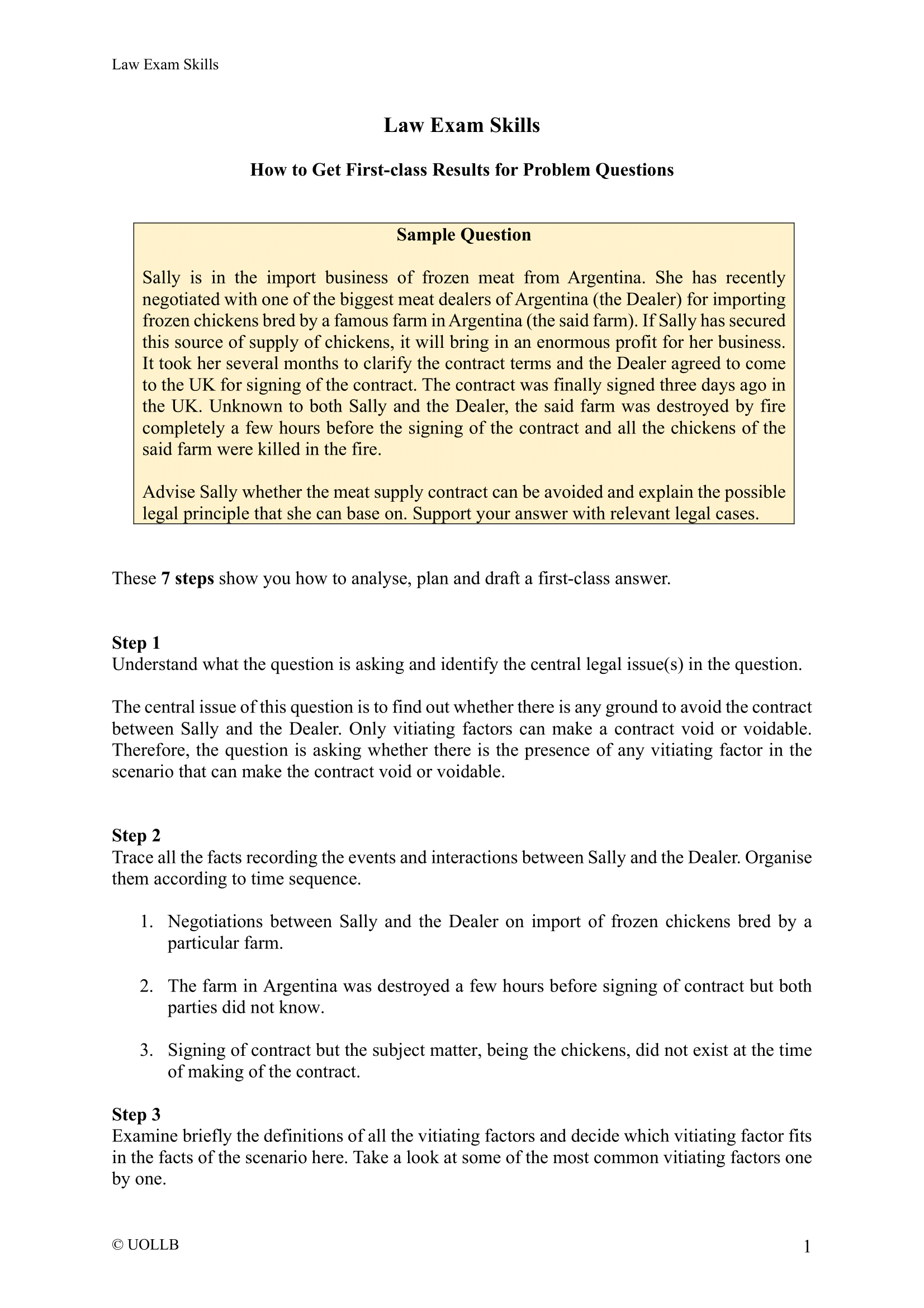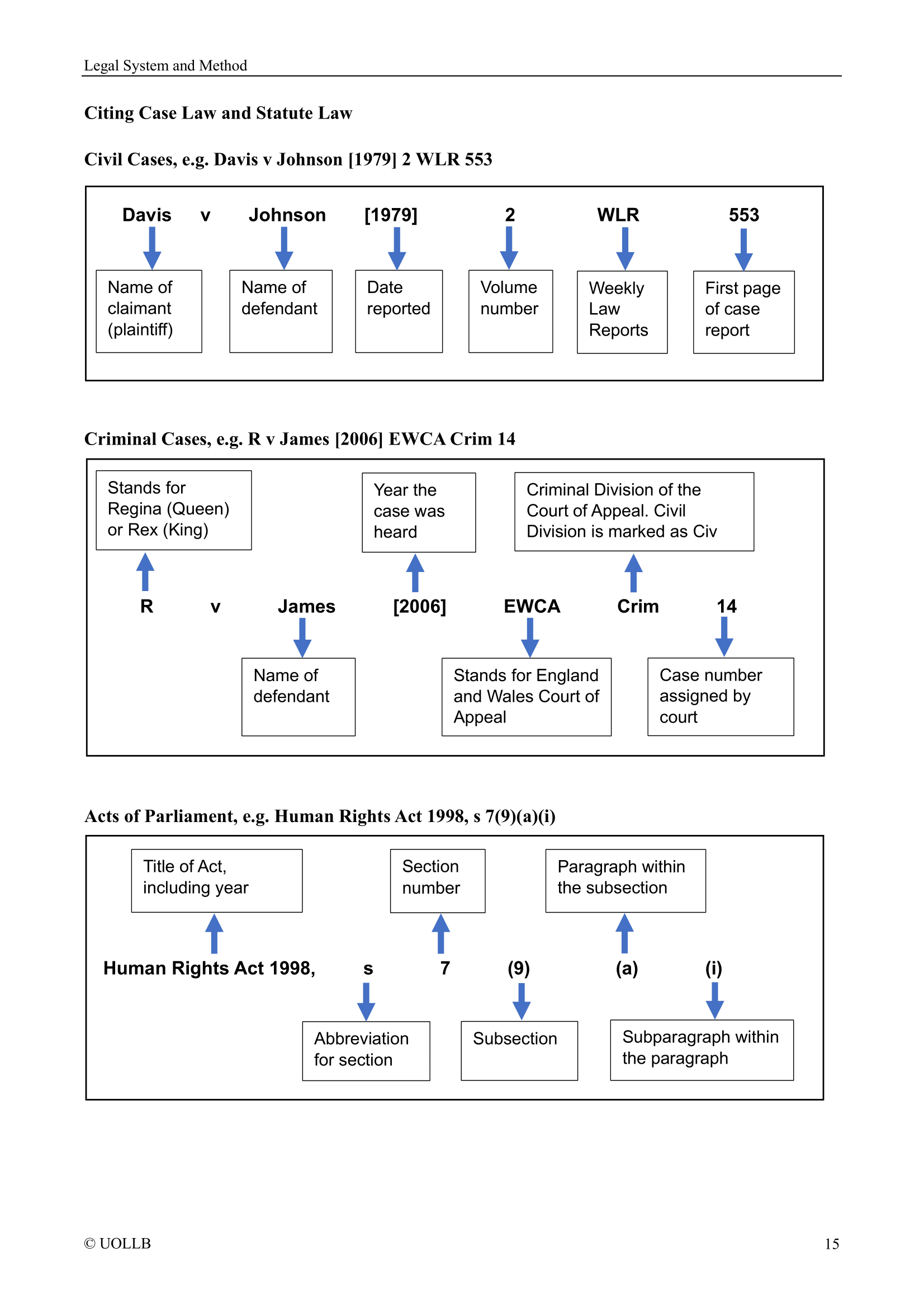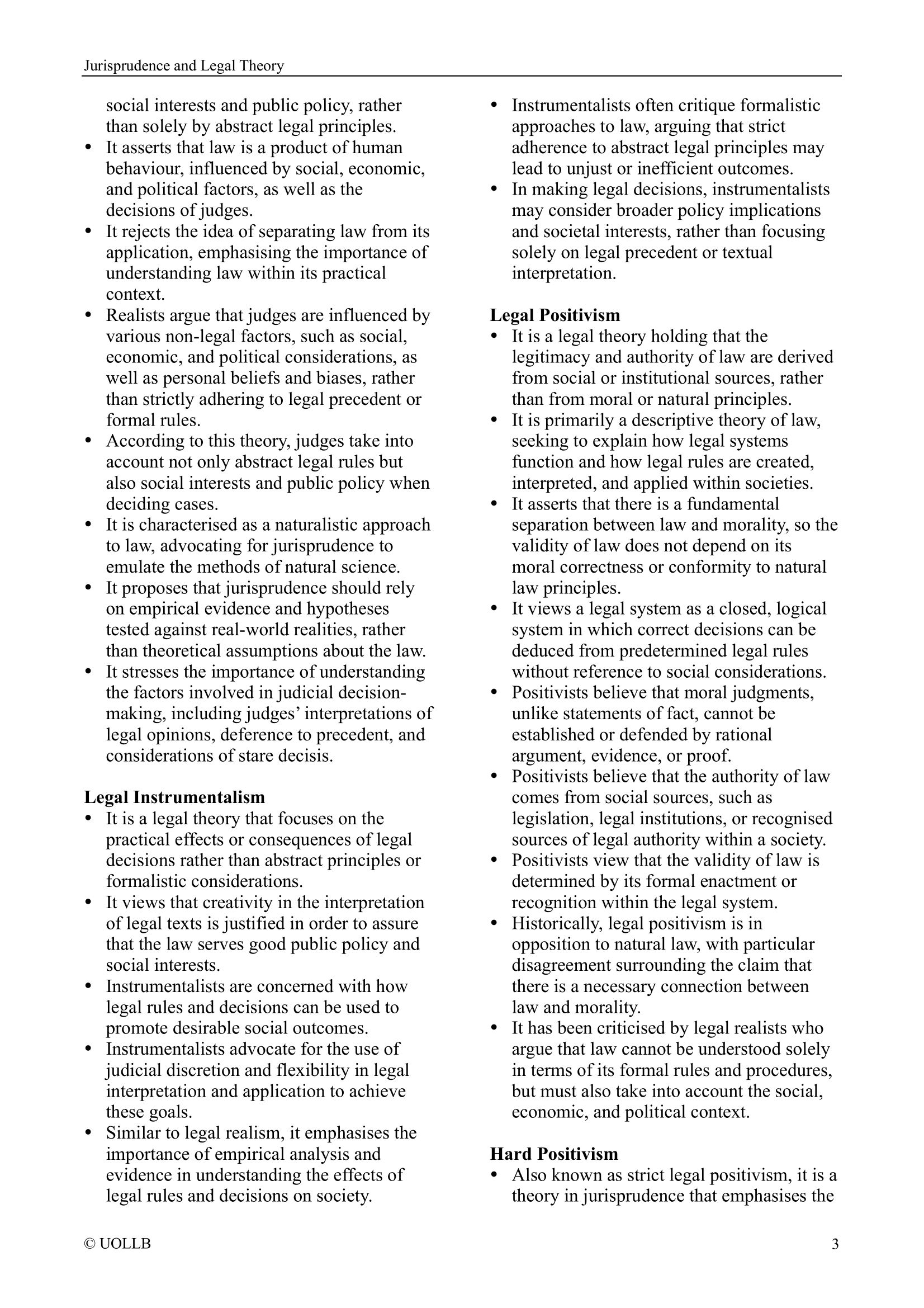Misfeasance in Public Office
Share
Misfeasance in public office is a civil or criminal offence that involves a public official performing their duties in a negligent or improper manner, resulting in harm or damage to another person or the public at large. Unlike malfeasance, misfeasance generally involves a public official acting with the intention of carrying out their duty, but doing so in a way that is unlawful, irrational or unreasonable.
To prove the offence of misfeasance in public office, the prosecution must show that:
Misfeasance in public office is a serious offence that can result in civil liability, disciplinary action or criminal charges. In civil proceedings, the affected party may seek damages for the harm or damage caused by the misfeasance. In criminal proceedings, the accused may face imprisonment or fines, depending on the severity of the offence. The offence is often used to prosecute public officials who act negligently or improperly, such as by abusing their power, making decisions that are irrational or unreasonable, or failing to carry out their duties with due care and skill.
To prove the offence of misfeasance in public office, the prosecution must show that:
- The accused was a public official, and owed a duty of care to the person or persons affected by their actions;
- The accused acted in a manner that was outside the scope of their lawful authority, or acted in a way that was irrational or unreasonable, and that this constituted a breach of their duty;
- The accused intended to cause harm or damage, or was reckless as to the harm or damage caused; and
- The actions of the accused caused harm or damage to the person or persons affected by their actions.
Misfeasance in public office is a serious offence that can result in civil liability, disciplinary action or criminal charges. In civil proceedings, the affected party may seek damages for the harm or damage caused by the misfeasance. In criminal proceedings, the accused may face imprisonment or fines, depending on the severity of the offence. The offence is often used to prosecute public officials who act negligently or improperly, such as by abusing their power, making decisions that are irrational or unreasonable, or failing to carry out their duties with due care and skill.



